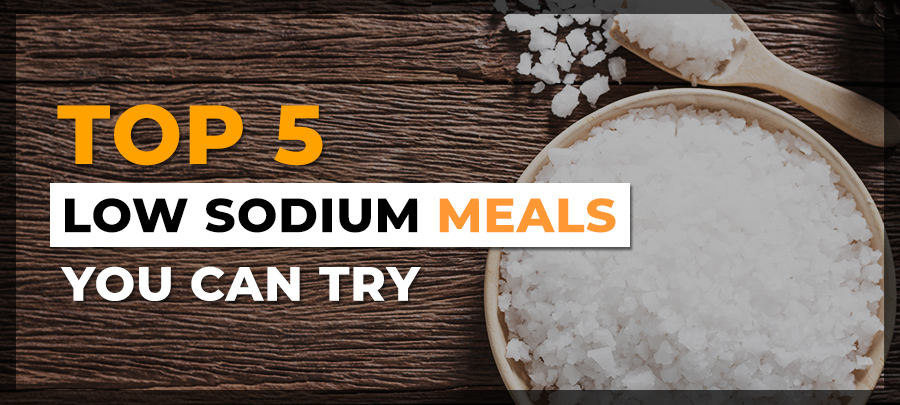When we talk about low sodium meals, it doesn’t have much to do with working out or how it could help you lose weight. This diet is rather for those that have a certain medical condition that can be improved with the help of restricting sodium intake in their daily diet. This blog will take a deep dive into the risks and benefits associated with the low sodium diet, as well as, some healthy and delicious recipes you can try for yourself.
What is a low sodium diet?
Foods with sodium such as eggs and vegetables are easy to come by in a normal meal. Sodium can easily be found in most foods that we eat, although the concentration of sodium may vary. Plant-based foods such as fresh vegetables produce generally have less sodium as compared to animal-based foods such as meat and dairy products. Foods with the highest concentration of sodium are processed and packaged goods such as frozen dinners, chips and fast food, where the heavy use of salt is introduced to enhance the flavor. So to sum it up, there is virtually no food item that does not include sodium and thankfully so because even though low sodium can benefit certain people with certain medical ailments, it is still a vital part of the system
Sodium is a mineral that is essential to carry out several important bodily functions such as cellular function, fluid regulation, electrolyte balance and maintaining blood pressure.
Since this mineral is vital to life, your kidneys tightly regulate its levels based on the concentration (osmolarity) of bodily fluids.
Sodium seems like such an amazing part of the diet, why would anyone want to cut it down? Well, as important as this mineral may be, sodium intake can not exceed 2-3 grams a day. To put this into perspective, one teaspoon of salt contains 2.3 grams of sodium, in other words, one individual should preferably only consume only one teaspoon of salt in a day.
People that suffer from medical conditions such as heart failure, blood pressure, and kidney problems are recommended to follow a low sodium diet. This diet essentially cuts down the intake of high sodium foods and beverages. Healthcare professionals typically recommend these diets to treat conditions such as high blood pressure or heart diseases.
Benefits of a low sodium diet
Incorporating a low sodium diet can have a number of medical benefits. Following are some of the benefits associated:
Reduced blood pressure
Studies have shown that adopting a low-sodium diet can lead to small yet significant changes in your blood pressure, especially in people that have generally elevated blood pressure.
A review of 34 studies shows that a minor reduction in salt intake for a duration of four or more weeks led to notable reductions in blood pressure in people with both high and normal levels.
Participants with high blood pressure saw an average reduction in systolic and diastolic blood pressure was 5.39 mmHg and 2.82 mmHg, respectively. By comparison, people with normal levels noticed a 2.42 mmHg reduction in systolic blood pressure and 1.00 mmHg reduction in diastolic blood pressure.

Decreased risk of Cancer
High sodium diets have been linked to certain types of cancers, which include stomach cancer.
A review of 76 studies in more than 6,300,000 people found that for every five-gram increase of dietary salt per day from high-salt processed foods can increase the risk of stomach cancer by 12%.
Another study shows that high-salt diets can damage the mucosal lining of your stomach and increase inflammation which may increase the risk of stomach cancer.
On the other hand, a low sodium diet, rich in fruits and vegetables are associated to lower the risk of stomach cancer in an individual.
Improved diet quality
Cutting down on sodium automatically means cutting down on processed items and fast food. This, in turn, will translate to letting go of unwanted fat and calories.
On a low sodium diet, these kinds of food are off limits which can prevent obesity and make for an overall improvement in the quality of your diet.

Risks associated with low sodium diet
It is clear to see that a reduced intake in sodium can improve blood pressure and also decrease the risk of stomach cancer, but some studies show that reducing sodium intake can have a negative impact on the body.
A study in 833 people with heart failure demonstrated that reducing intake of sodium to less than 2,500 mg per day was associated with a significantly higher risk of death or hospitalization, compared to a non-restricted-sodium diet.
Furthermore, consuming too little salt may lead to increased cholesterol and triglycerides which may result in insulin resistance and hyponatremia.
While avoiding high-sodium, unhealthy foods like processed meals and fast food are always good for your health, it’s unnecessary for most people to restrict sodium when following a balanced diet. For those that do restrict sodium, it is absolutely essential to be restricting sodium intake in moderation.
5 low sodium meals you can try
It wouldn’t be SQUATWOLF if we didn’t give you some meals you can try out for yourselves.
1. Grilled Basil Chicken with Tomatoes
Enjoy the taste of summer with savory chicken and herby tomato blend and all it takes is 15 minutes to prepare. Check out the full recipe.
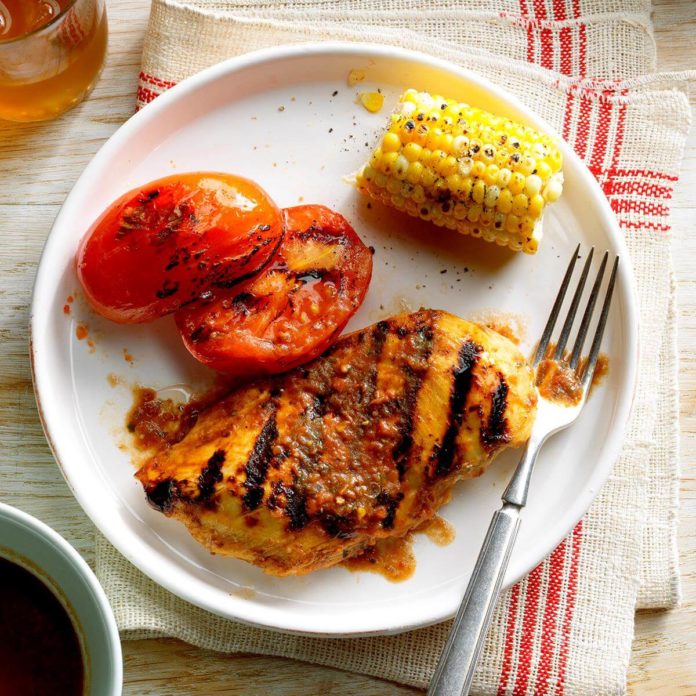
Nutrition facts:
1 serving = 177 calories, 5g fat (1g saturated fat), 63mg cholesterol, 171mg sodium, 8g carbohydrate (7g sugars, 1g fiber), 24g protein.
2. Lemon-Pepper Tilipia with Mushrooms
If you’re looking to add a fishy taste to your diet while keeping your sodium in check, this meal is your go-to fix for any seafood cravings. Check the full recipe.
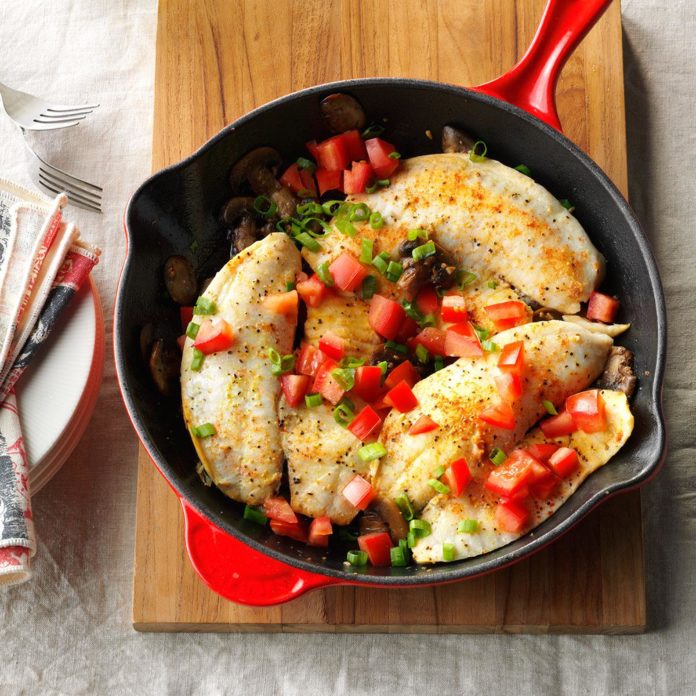
Nutrition Facts:
1 serving = 216 calories, 8g fat (4g saturated fat), 98mg cholesterol, 173mg sodium, 5g carbohydrates (2g sugars, 1g fiber), 34g protein.
3. Balsamic Seasoned Steak
If a tender, juicy steak is what you are looking for without the long marinating time, this meal takes only 25 minutes to prepare. Read the full recipe.
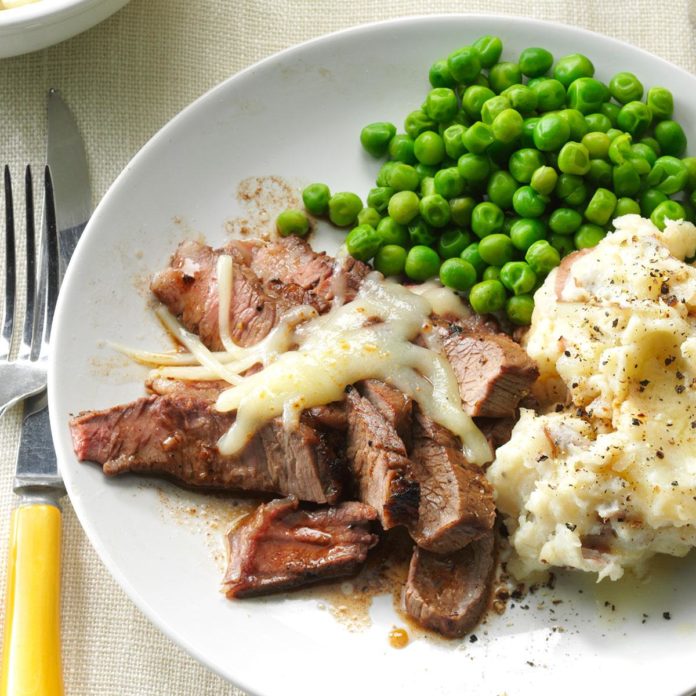
Nutrition Facts:
1 serving = 188 calories, 8g fat (3g saturated fat), 70mg cholesterol, 116mg sodium, 2g carbohydrate (1g sugars, 0 fiber), 26g protein.
4. Carolina-Style Vinegar BBQ Chicken
Enjoy the sweet, tangy taste of Carolina BBQ chicken. This meal is sure to get your tastebuds buzzing. Check the recipe.
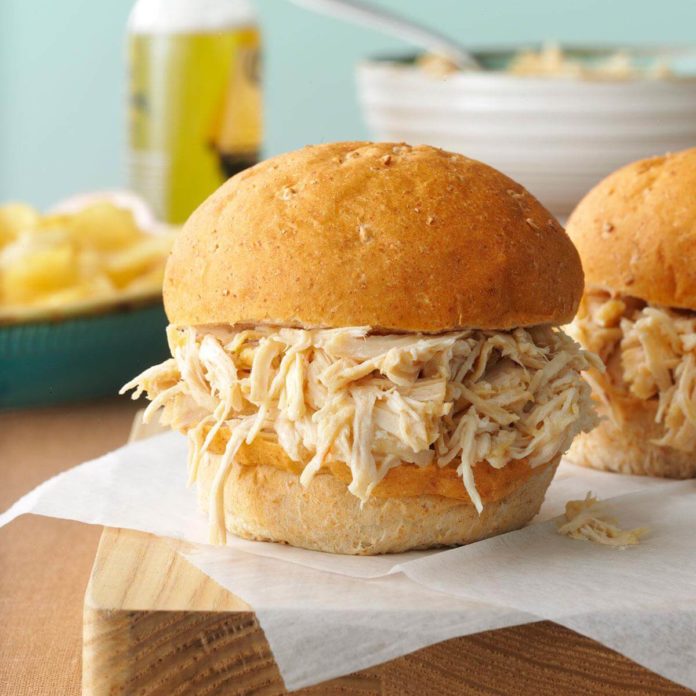
Nutrition Facts:
1 serving (without the buns) = 134 calories, 3g fat (1g saturated fat), 63mg cholesterol, 228mg sodium, 3g carbohydrate (3g sugars, 0 fiber), 23g protein.
5. Peppered Tuna Kebabs
Indulge in the flavor of BBQ tuna that is not only healthy but low in sodium and tastes absolutely divine. Check out the full recipe.

Nutrition Facts:
1 serving = 205 calories, 2g fat (0 saturated fat), 51mg cholesterol, 50mg sodium, 20g carbohydrate (12g sugars, 4g fiber), 29g protein.
Key Takeaway
Cutting down the sodium intake in your daily diet can have a number of benefits to your health. This includes improved blood pressure, reduced risk of cancer and a healthier heart. That being said, it is important to consult an expert before incorporating this diet as it may also come with risks associated with it. All in all, cutting down sodium from fast food and processed meals can have a positive impact on your overall diet, any day.
If you are looking for more diets of workouts that can pave the way to a healthier lifestyle, feel free to check out the SQUATWOLF blog.

